Which bipod is best for my rifle? Chris Parkin takes you through the various options, offering advice along the way
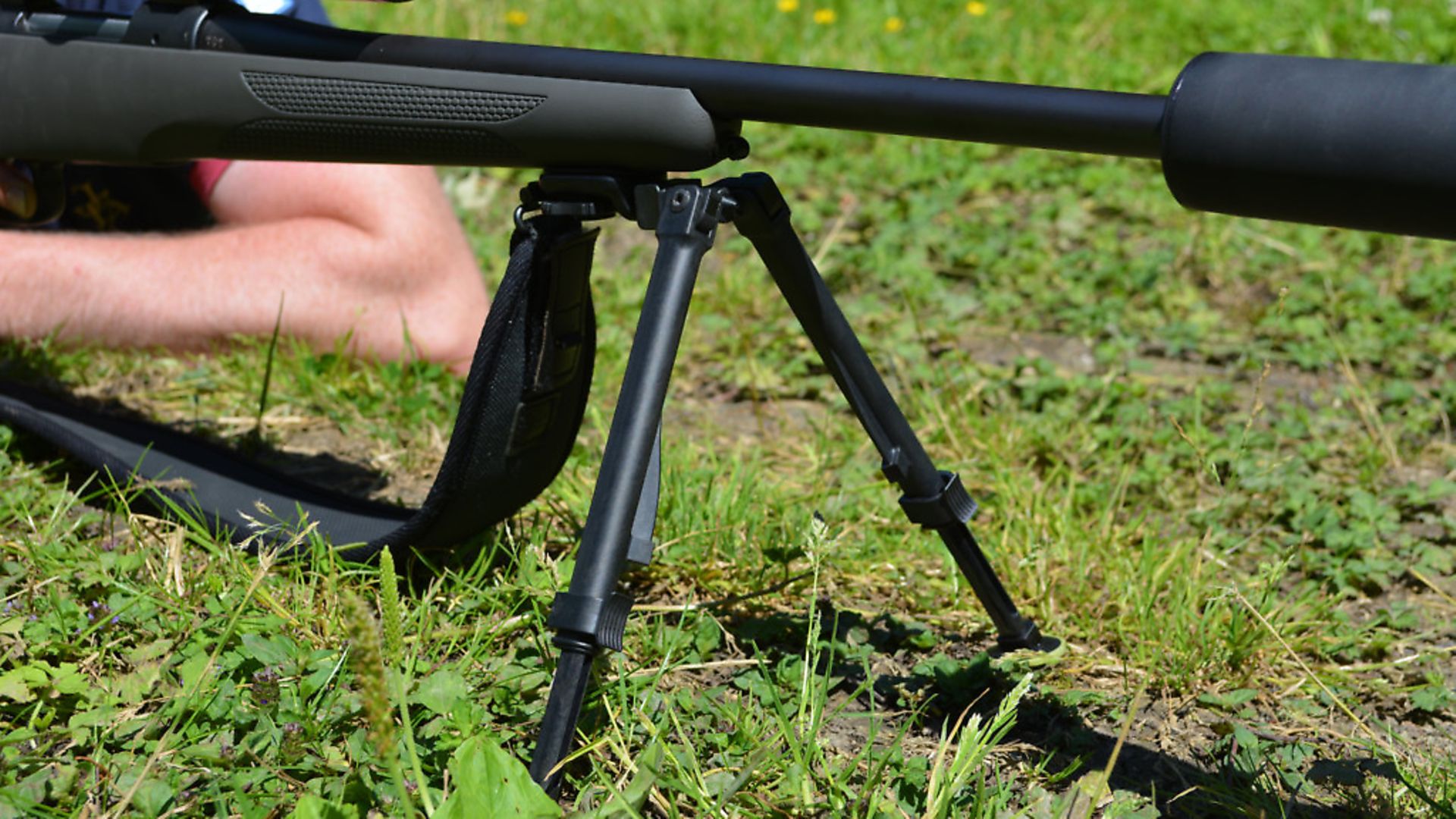 credit: Archant
credit: Archant
Bipods are such a common accessory we easily take them for granted and although most designs offer superb stability for solid resting positions, both prone or seated, or perhaps leaning on a wall or vehicle bonnet, there are pros and cons to different styles.
After decades of simpler designs like the Parker Hale and Harris, the market is now fast paced with brands able to quickly respond to market trends. Also, the evolving anchoring options, including Picatinny, Anschutz and M-Lock rails can provide more than just simple sling stud attachment.
The Harris bipod (pic 1) is likely the most commonly encountered and commonly copied. The steel construction is not the lightest, but it’s reliable and offers a range of capabilities from canting options, friction adjustable extending legs and specific notched lengths to suit most support scenarios.
These early-to-the-party designs have been so reliable they’ve been somewhat slow to evolve, while other companies now offer accessories such as Pod-Locks to simplify tensioning of the cant capability. Having said that, Harris have themselves more recently moved into Picatinny mounting options.
I use and have relied on a Harris for hundreds of rifles and although I have others, they are still a 100% functional option for sporting rifles or lighter precision rifles. One downside is they can and will rust gradually, but nevertheless they do withstand harsh environments well. The originals have high-quality welding that holds up to the test of time while the copies often seem to break in this location.
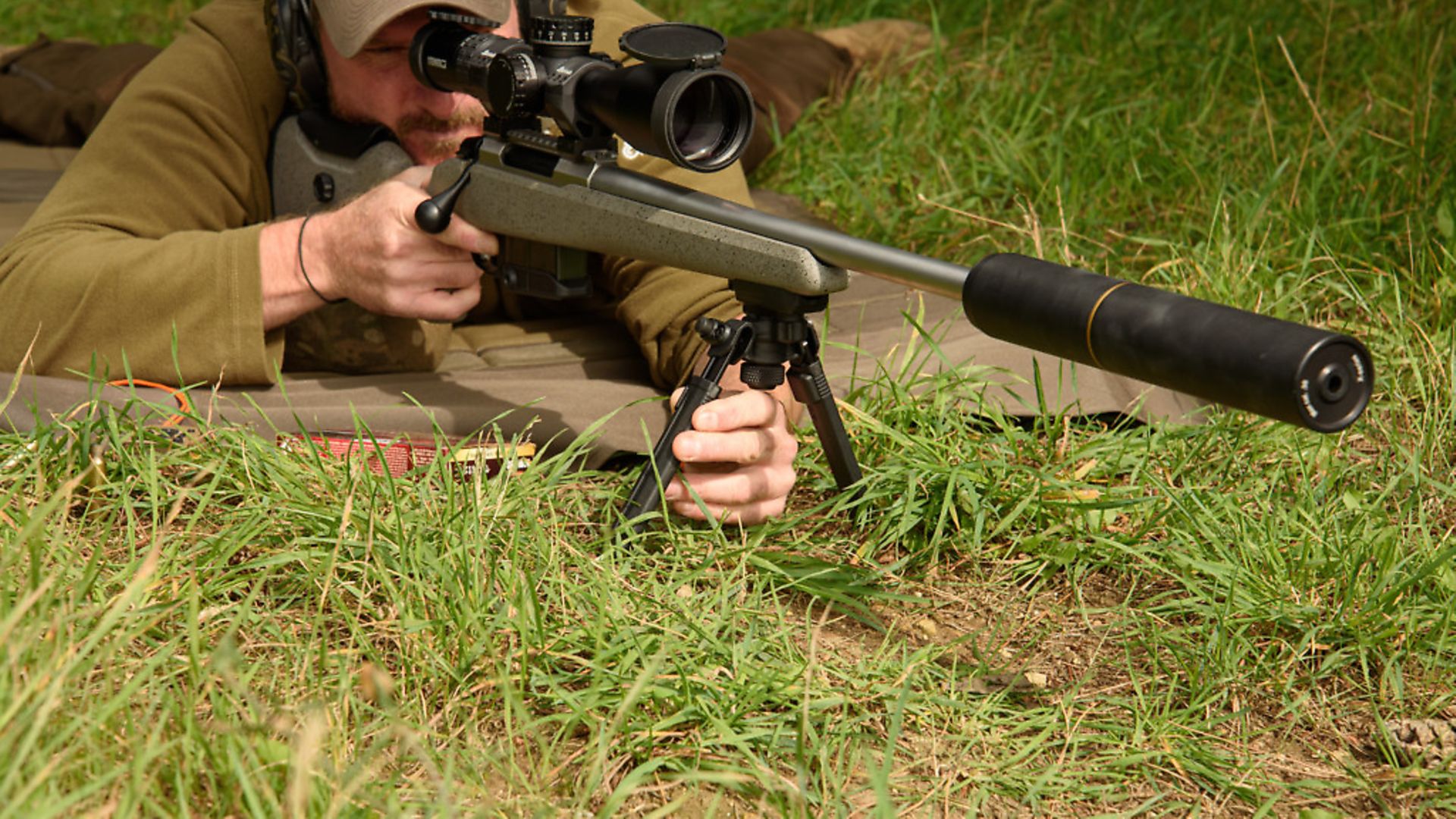 credit: Archant
credit: Archant
Materials, as well as machining, evolves and bipods like the Neopod use lightweight fibre reinforced injection mouldings with folding legs on a stud mount (pic 2). These suit lighter sporting rifles and I have found them a little delicate but quite desirable.
The newer Magpul (pic 3) is a serious go-to favourite of mine these days; it has proven strong and durable with solid ground positioning and grip with cant friction adjustment, light weight and, importantly, it folds smoothly so that when slung, it isn’t constantly digging into your back.
On the subject, friction adjustment on the cant function is quite important and offers a reassuringly simple way to level-up your set-up easily to secure a stable shooting platform, tensioning in correlation with the rifle’s forend stiffness. If the forend is prone to flex and you twist the gun intending to level it on the bipod, but the bipod doesn’t rotate, the forend will twist, bringing a formerly free-floating barrel into contact, thereby affecting harmonics. This is something I always test for and report on in reviews, therefore it’s always helpful to have the option to ease the cant tension.
Moving back to metals, Steel has given way to combination profiles in aluminium for weight saving, along with stiffness, especially under heavier, more tactical rifles. Units like the Atlas (pic 4) have become the new icon for support/stability with the ability to use the legs angled in either direction for both support and storage. Allied to spigot mounts that slot into shorter forends, or just for extension of the support ‘wheelbase’, these are excellent units with stainless steel used in appropriate locations for long-term durability.
Prices are high, but like all good designs, these have been copiously copied. Warning! if it looks cheap, it probably is, with clones often lacking the smooth adjustment and longevity of the real deal. Just like a Harris, the real McCoy will often outlast multiple rifles.
This type of bipod also reintroduces the ergonomics of reaching forward to the legs to adjust standing height and the sprung collars of the Atlas make life easy, so look at the mechanisms involved and imagine trying to adjust it from the shooting position with rifle in your shoulder.
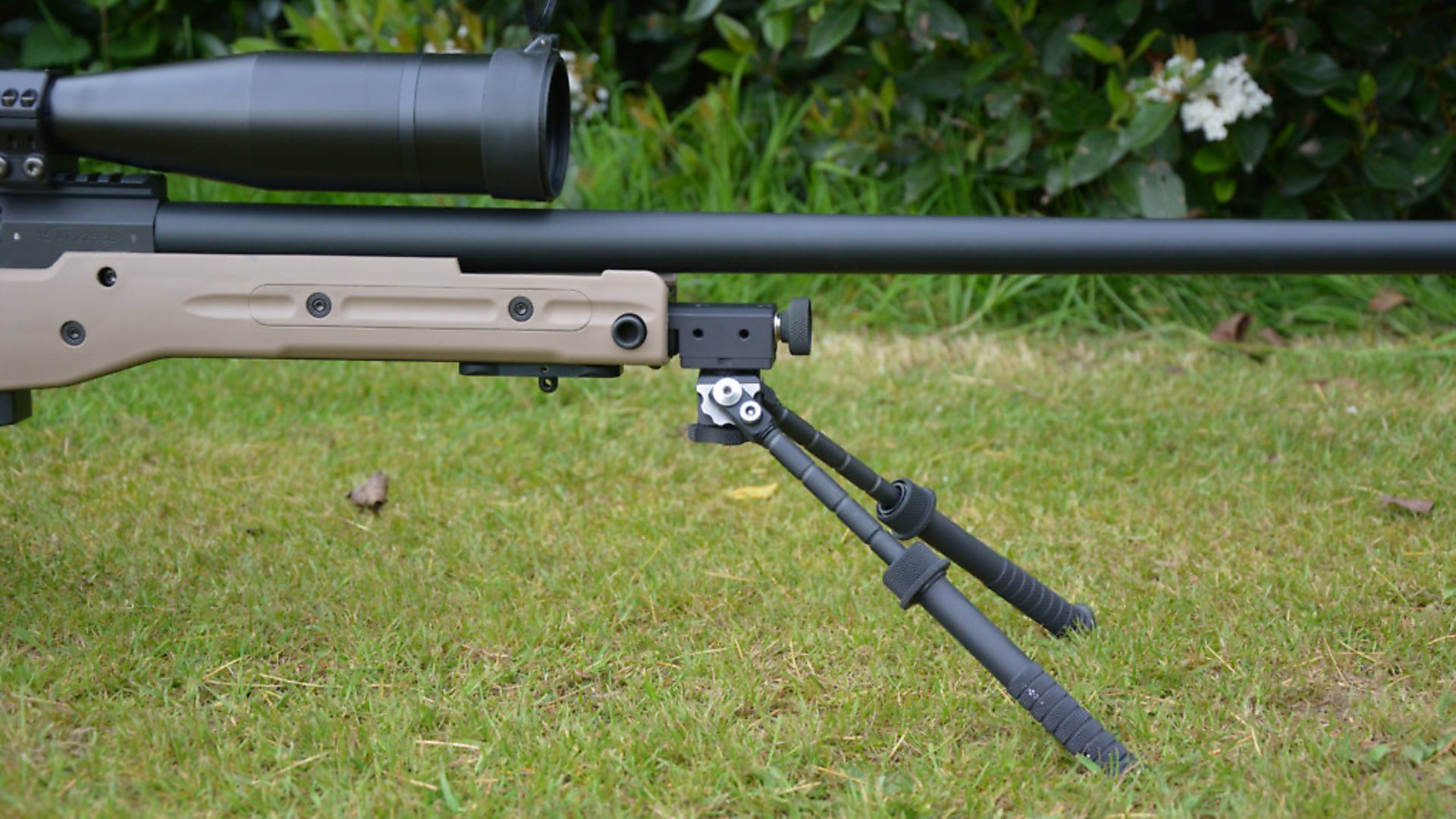 credit: Archant
credit: Archant
Sporting solutions
Back to sporting rifles, carbon fibre is a great material for light weight with stiffness. This magnetic Spartan bipod (pic 5) will quickly attach and detach from your rifle as and when needed.
A small baseplate coupled to long legs is a force multiplying lever, and if too small on a soft stock with a weakly attached stud anchoring, ‘loading’ the bipod can pull out the stud or dent the stock material... so think ahead! Is ‘loading’ your style?
Bigger bipods, especially with a broad span and masses of leverage are often used with a full-length rail (pic 6) rather than a single-point anchor for this reason.
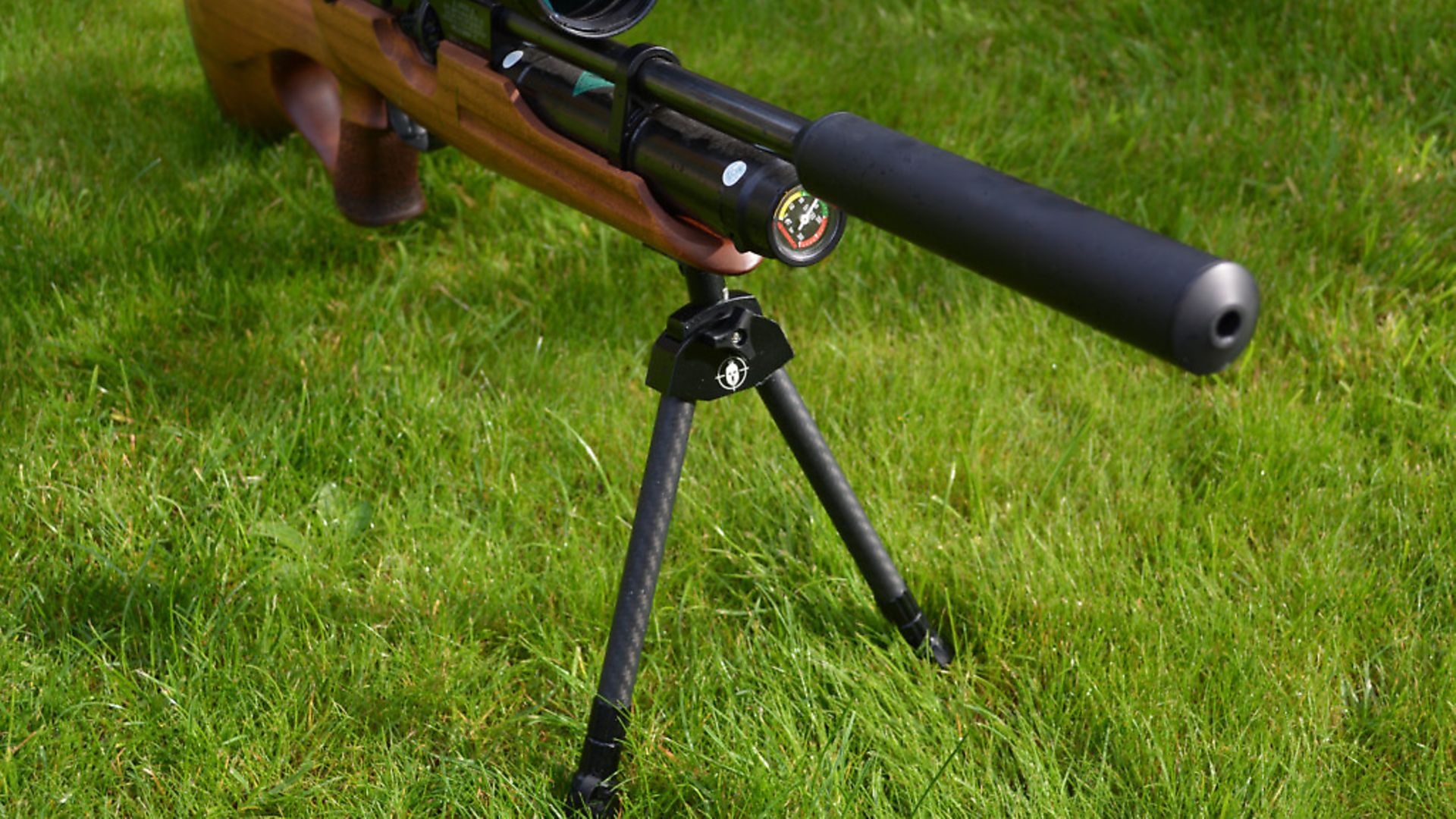 credit: Archant
credit: Archant
Looking at target rifles with rulebooks to follow, items like the Tier One bipod (pic 7) with broad-spread legs have become popular for FTR and Tactical use where dial-controlled height adjustment, coupled with a broad span and ski feet for support, is ideal for longer range precision shooting from static locations, allowing multiple shots with fine positional control, yet still technically portable.
One of the most interesting examples I have used for this type of shooting was the Flexpod (pic 8), which was similar in size yet designed to flex during recoil, allowing the gun some free unrestrained travel from its spurred feet, which are locked into the earth below. I quite liked it as an unconventional shooting platform, but, more so, loved the lateral thinking and design creativity.
Another crucial factor to watch out for is the effective pivot axis distance from the underside of your rifle (pic 9) as you can end up with the barrel a long way above the axis – subsequent rotation can feel top-heavy and unbalanced.
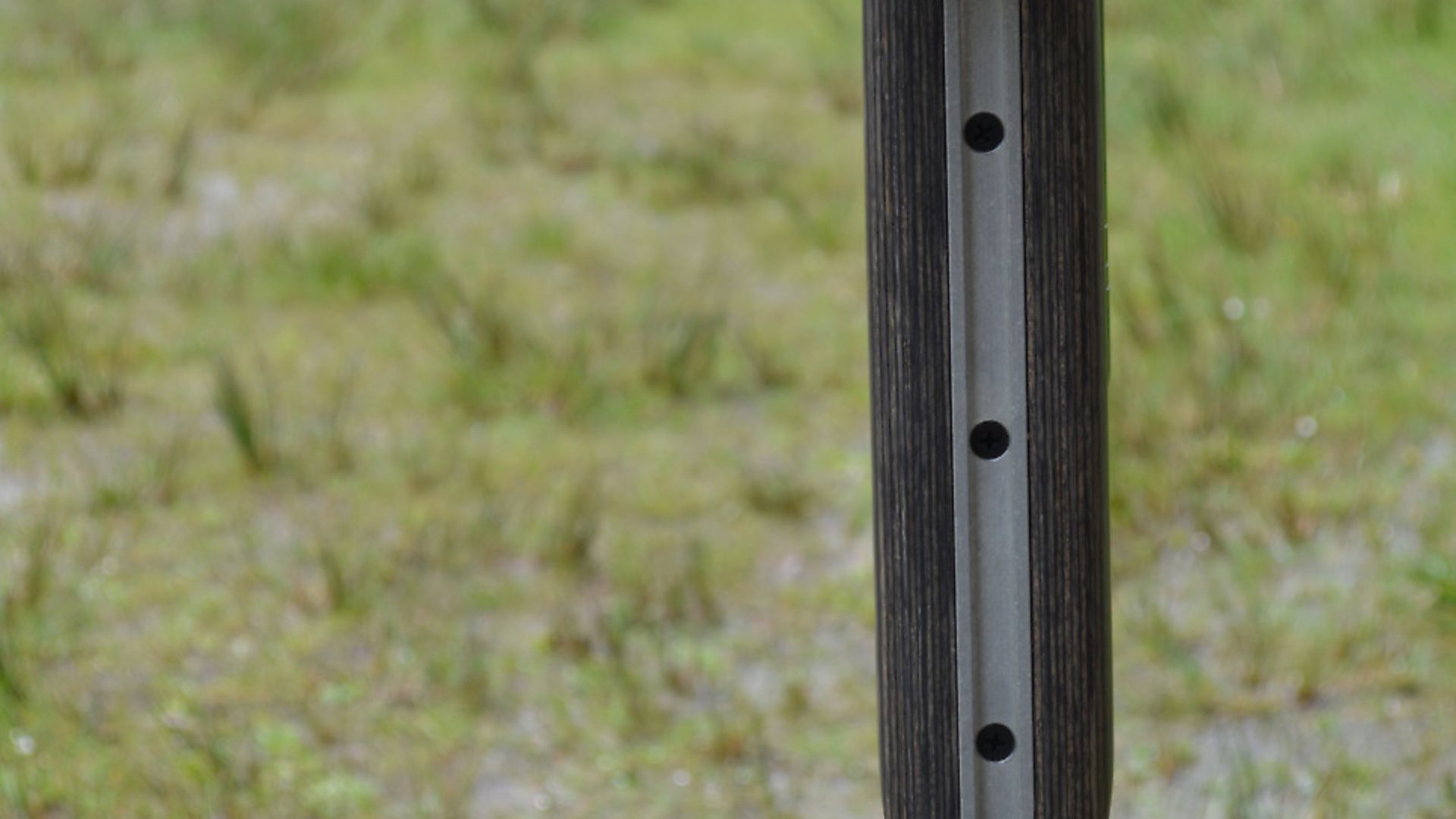 credit: Archant
credit: Archant
Current trends are somewhat contrary with many rifles, particularly airguns, only offering bipod mounting locations close to the trigger guard. The serious long-range shooting world are trying wherever possible to lengthen the distance from bipod to the rear support for the greatest stability. This is the opposite to the somewhat see-saw approach of a central location close to the balance point; although compact, with fast handling, they’re twitchy to shoot with more vertical dispersal.
In practical terms, it’s all a balancing act, so adding a huge bipod to a light rifle is rarely helpful and the opposite also just as true. Think about your needs and how any unit would fit them, not what the marketing hype of ‘magically improved accuracy’ via a concept that clearly defies logic in terms of its core design.
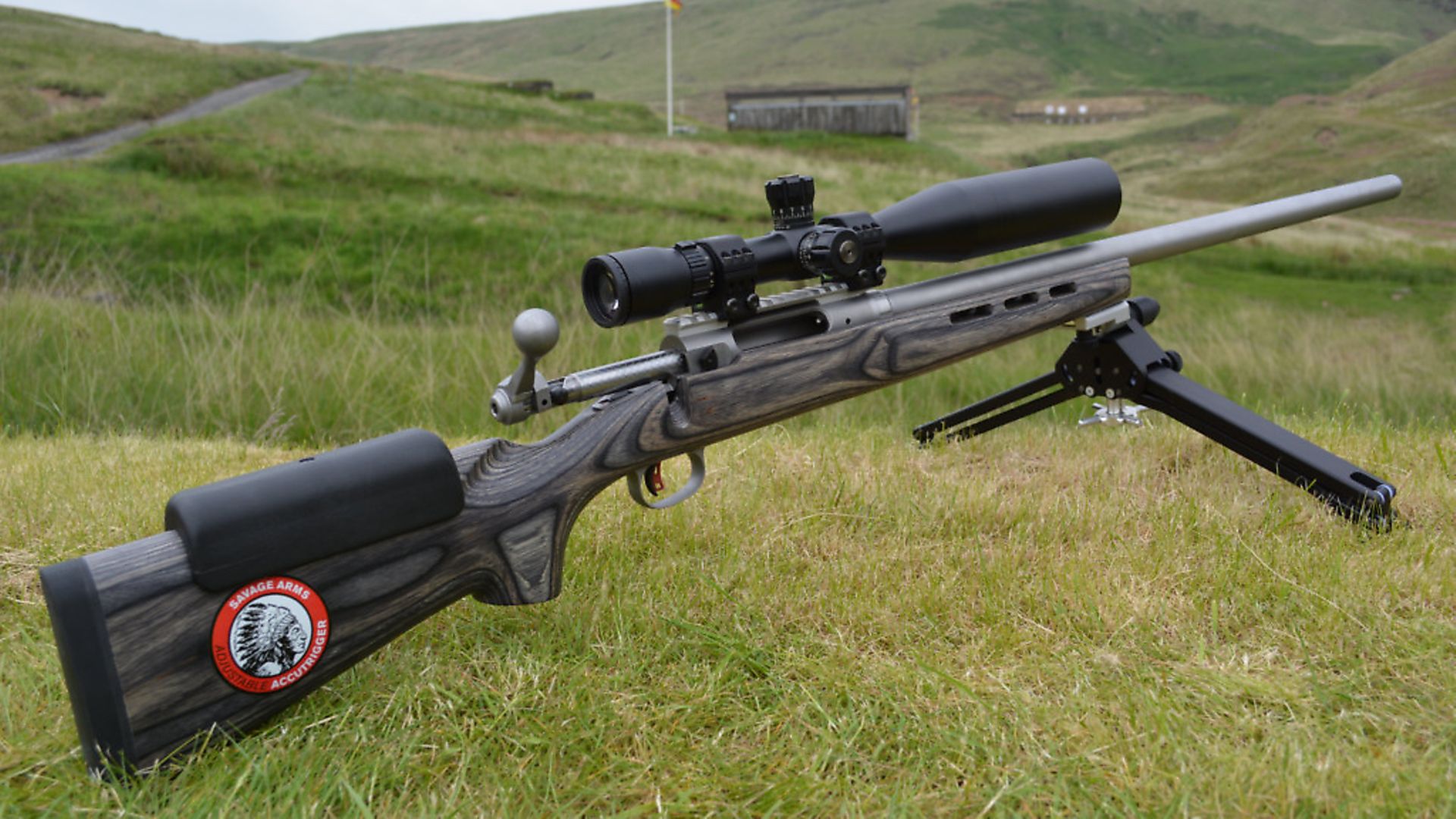 credit: Archant
credit: Archant
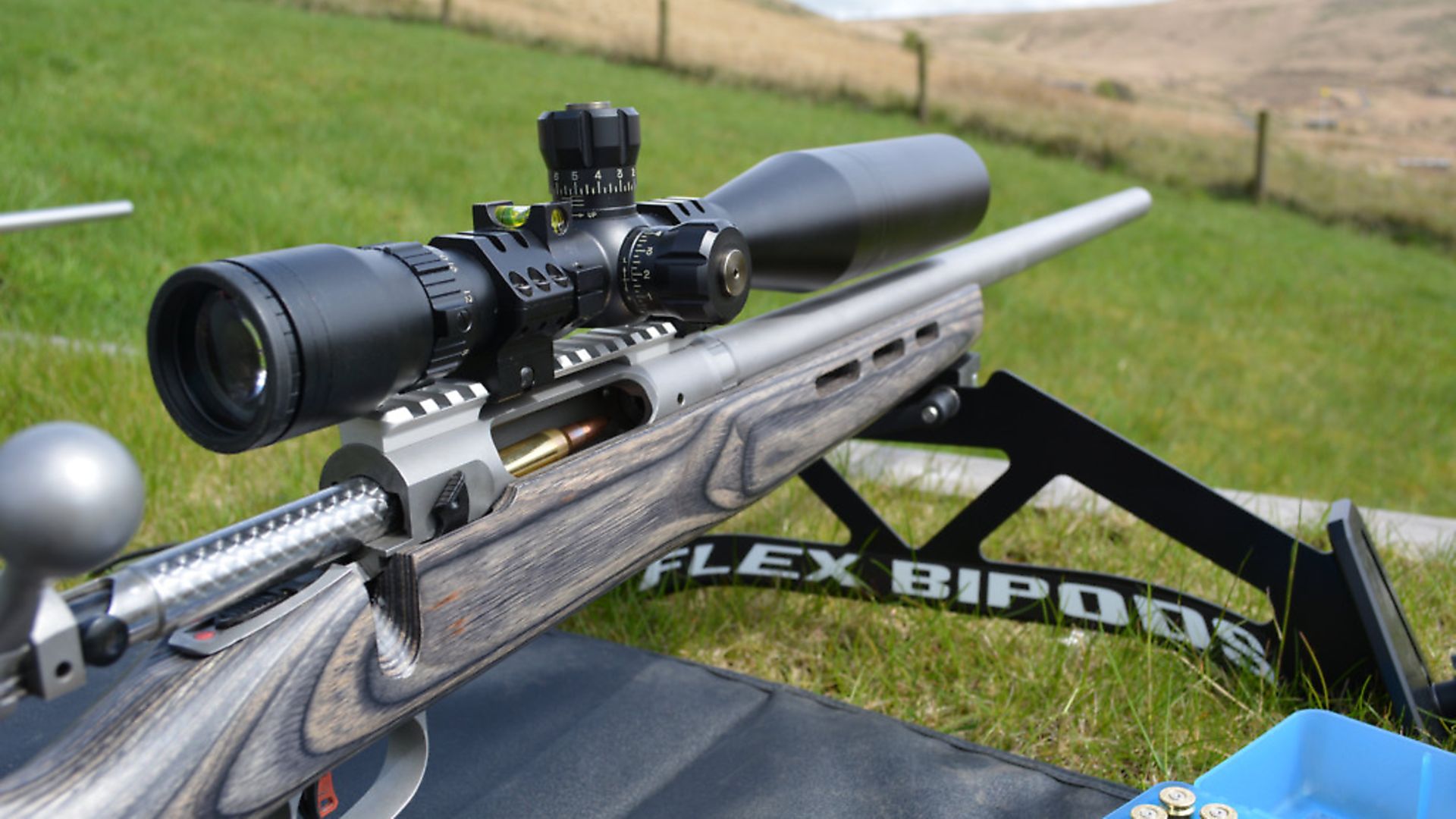 credit: Archant
credit: Archant
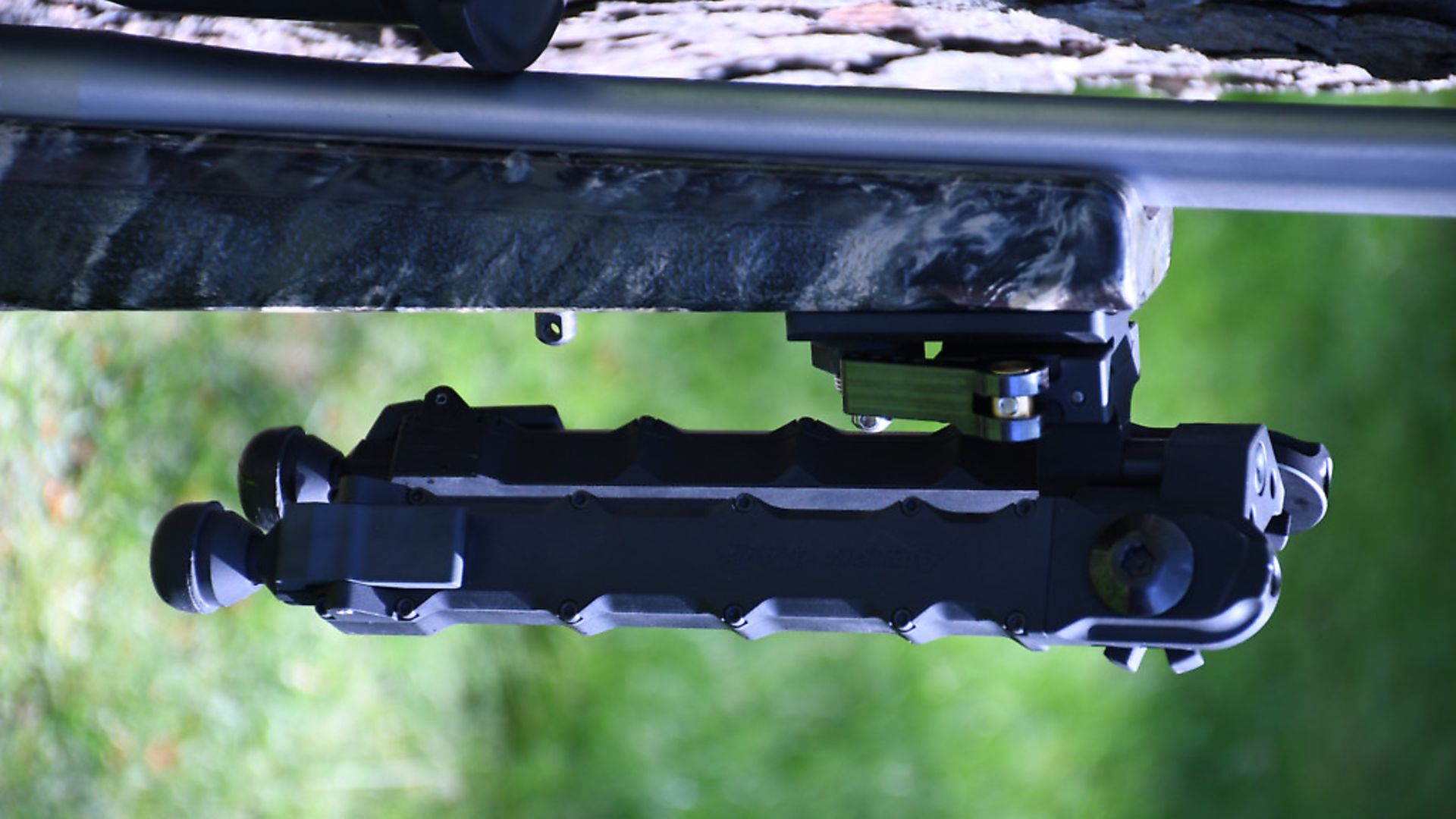 credit: Archant
credit: Archant